Gamagori Orange Park
Gamagori Orange Park, located in Gamagori, Aichi,...
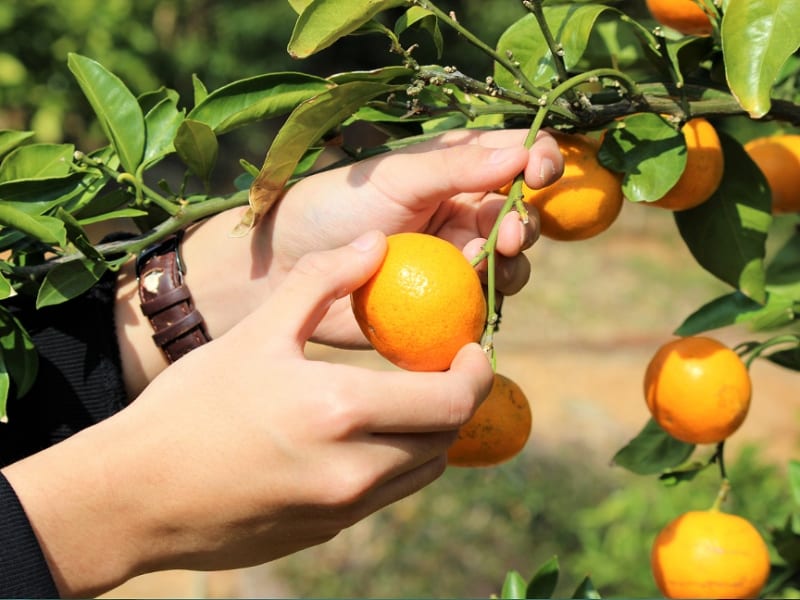

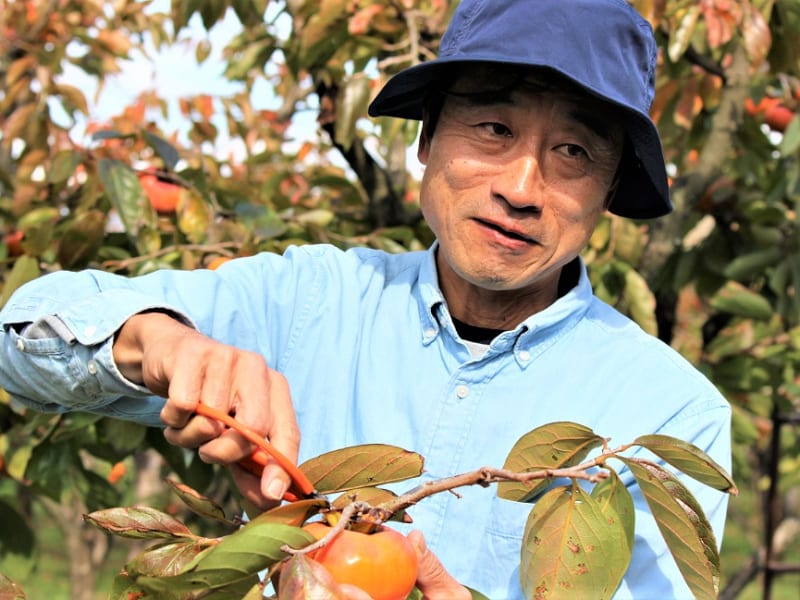
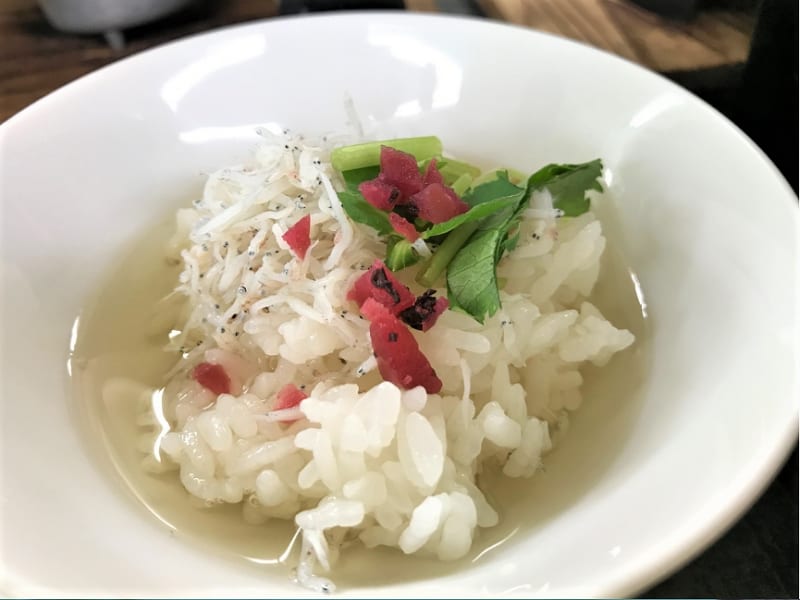
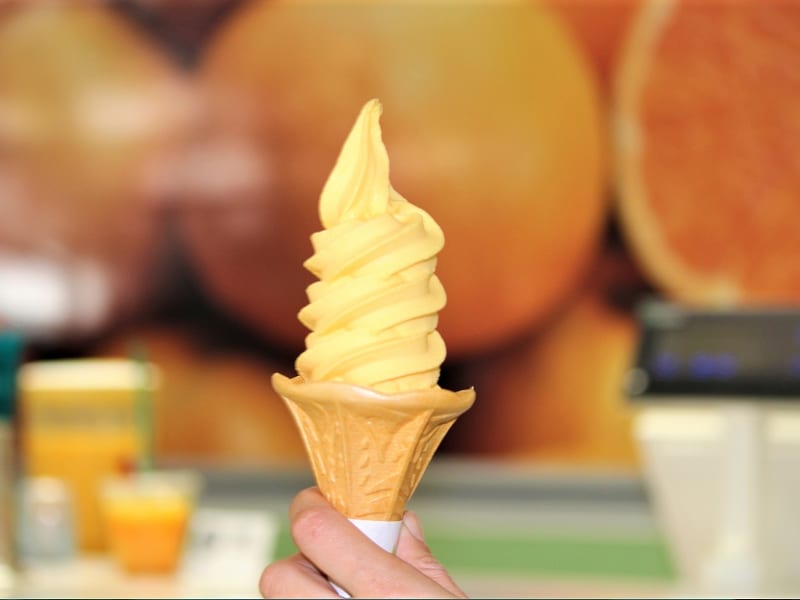
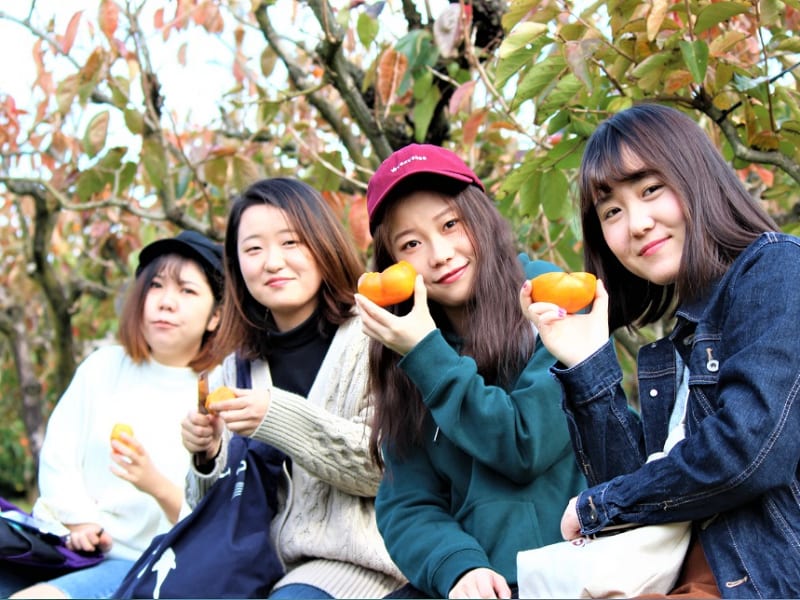
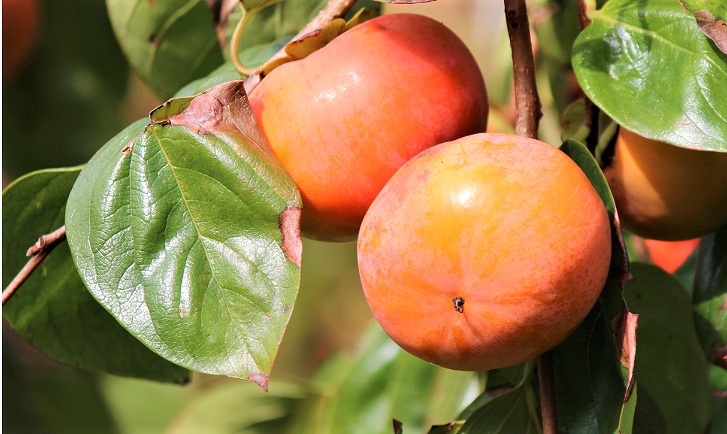
Tours are held for visitors to Aichi who wish to get a taste of the agriculture and seafood produced in the prefecture. We bring a report on our experience enjoying fresh fruits and seafood at three spots in Aichi which we visited on a sunny day in November.

(Picture left) Japanese persimmon tree / (Picture right) Farm owner / (Picture bottom right) Jiro persimmons (right) are squarish while Fuyu persimmons (left) are round
Toyohashi is Japan’s leading city for Japanese persimmon production. Ishimaki Tourist Farm is a place where you can enjoy persimmon and mandarin orange picking! Persimmons, which are in season during autumn, are good to harvest from early October to late November. Mandarin oranges become fully ripe from mid-October to late November.
At the time of our visit, the Maekawa Jiro persimmons, a high-quality and sweet persimmon variety, were at their most delicious. We also took part in the persimmon picking. Persimmon picking is an experience that consists of harvesting seedless persimmons that are sweet, juicy, and have a crisp texture to be peeled and eaten on the spot. It is an activity unique to Japan’s sightseeing farms.
The persimmons at Ishimaki Tourist Farm are grown with natural grass cultivation (*1), which produces fruit that are large and have a sweet, rich flavor. In addition to Maekawa Jiro persimmons, other varieties such as Fuyu and Taishu are also grown. There are even rare limited varieties like Soshu and Isahaya. The persimmons that are in season will vary depending on the time period, so it’s also fun to visit the farm for a second or even third time.
*1 Natural Grass Cultivation: a culture method that consists of covering the earth with grass and weeds to cultivate produce while preserving the strength of the soil.
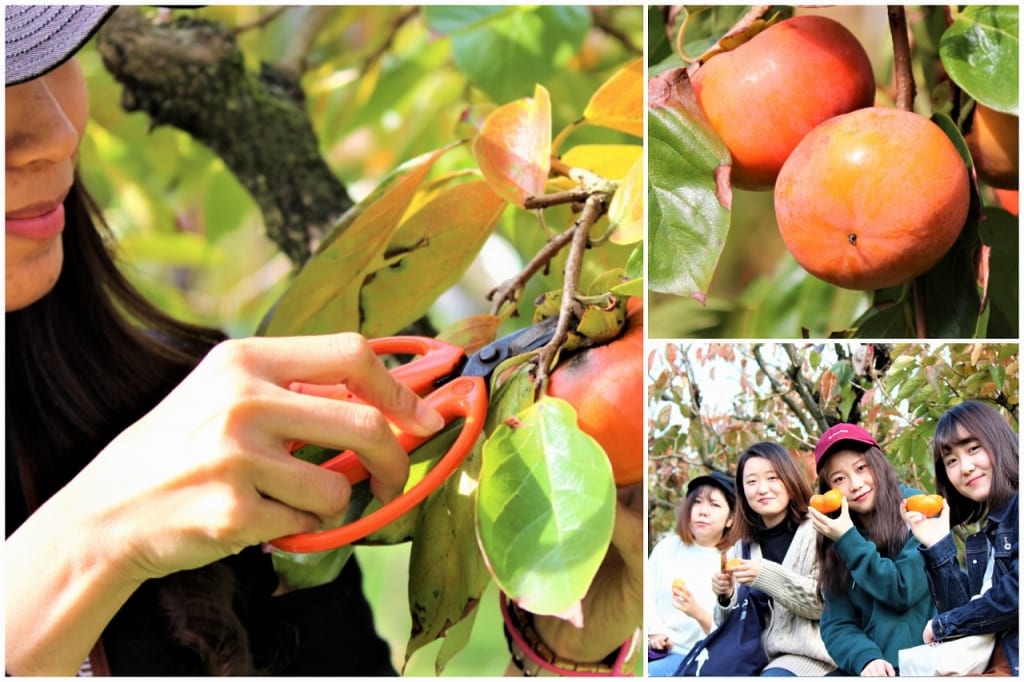
(Picture left) Cutting the stem with scissors while supporting the persimmon fruit with a hand / (Picture upper right) The ripened fruit will appear white and chalky in appearance / (Picture bottom right) Tour participants
We entered the orchard after receiving scissors at the entrance. According to the farm owner, the best method of recognizing delicious persimmons is to check if “the entire body of the fruit has changed into a deep, bright orange. It must also be large.”, told us the farm owner. Look at the persimmon trees to evaluate the fruits, cut the root off with scissors, and take a bite after peeling the skin with a knife. It has a chewy texture along with a sweet, rich flavor.
The tour participants, exchange students from Thailand, China, and Korea, had a great time. Not only did they eat the glossy orange persimmon fruits while bathed in sunlight but took many photos as well.
Persimmons cannot be grown in a warm climate, so this activity is popular amongst tourists coming from South-East Asian countries such as Hong Kong and Singapore. Fruit picking enjoyed like a picnic under the blue sky is an experience solely unique to Japan.
Ishimaki Tourist Farm
Address: 441-1102 Aichi, Toyohashi, Ishimaki Nishikawacho Mukaiyama 5
Phone Number: 0532‐88‐3890
Business Hours: 9:00-16:00
Fruit Picking Periods: Early OctoberーLate November
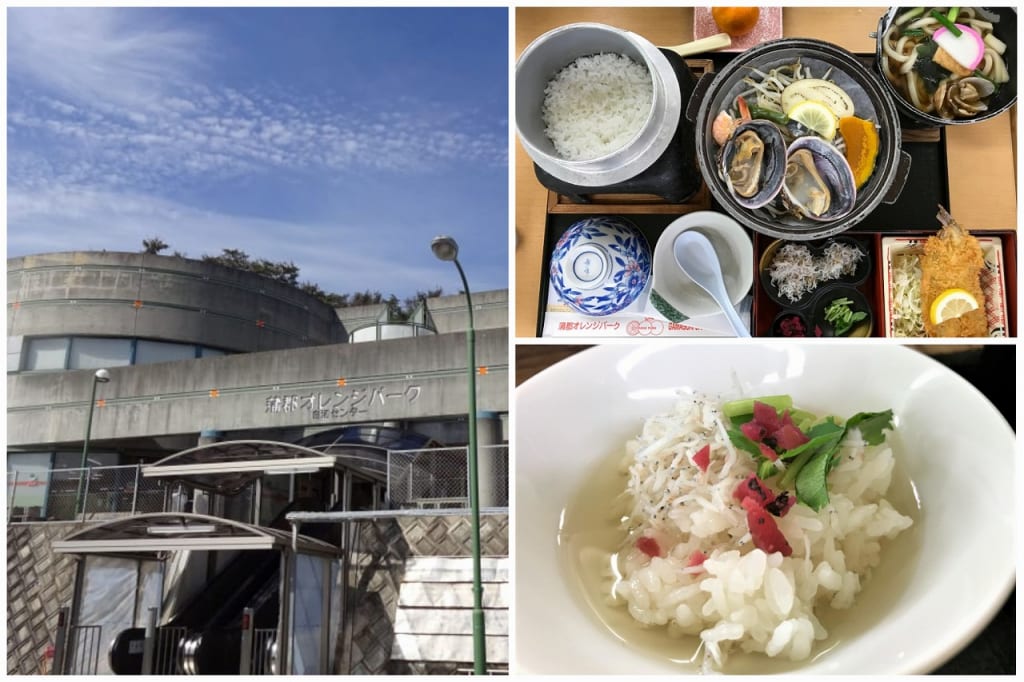
(Left) Gamagori Orange Park / (Upper right) Shirasu Kamamabushi Gozen (1,620 yen plus tax), Purple Butter Clam Tobanyaki (680 yen plus tax) / (Bottom right) Shirasu Rice in Dashi Chazuke
Gamagori in Aichi Prefecture is a city surrounded by the bay and mountains. It is also the place where full-flavored mandarin oranges are grown with a great balance in sweet and sour thanks to the mild southern winds that blow in from the coast throughout the year. Gamagori Orange Park, located in this city, is a popular spot for lunch and mandarin orange picking.
The first thing we did when we arrived at Gamagori Orange Park was to have lunch. We ordered the Shinojima Island Grown Shirasu Gozen, made with whitebait grown on Shinojima Island that drift into the Mikawa Bay, together with the Purple Butter Clam Tobanyaki.
The tour participants enjoyed the Shirasu Kamameshi (rice, meat, and vegetables served in a small pot), a Gamagori udon bowl flavored with Japanese littleneck clam dashi stock, a type of local fish called nigisu (deep sea smelt) that is fried, stewed foods, tsukudani (preserved foods simmered in soy) such as sardines with cod, and fresh Purple Butter Clam Tobanyaki (*2).
For the student from Korea, it was refreshing to eat her meal with shirasu on top of the rice before being poured with dashi chazuke. The student from China said: “We often use seasonings in China, but for Japanese food, the flavor of the dish makes the best of its ingredients, making it very delicious,” and highly raved about the cuisine.
*2 Tobanyaki: a dish that involves cooking fish, meat, and vegetables on a ceramic tile.
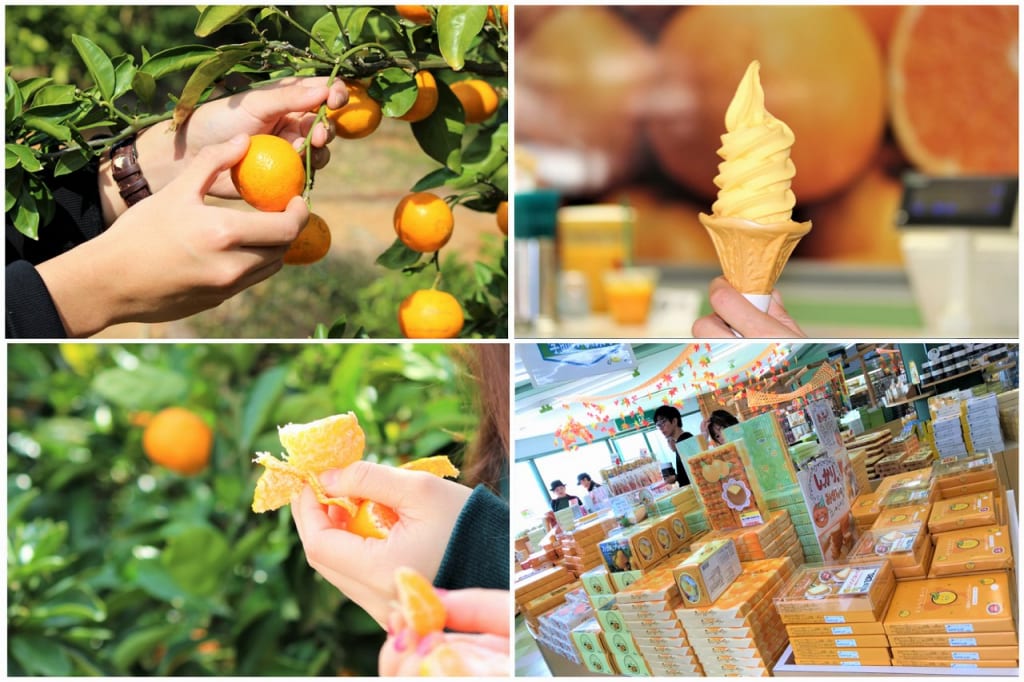
(Upper left) Hold the mandarin orange, then twist it in one direction to break off the calyx / (Upper right) Limited time mandarin orange soft serve ice cream (350 yen plus tax) / (Bottom right) The mandarin orange goods in the souvenir corner
Mandarin orange picking can be experienced from around October to December at Gamagori Orange Park. There is no time limit and it’s all-you-can-eat! You’ll also receive 1 kg of mandarins as a souvenir. Out of the 3,000 mandarin orange trees in the park, we picked from a variety called Miyagawa Wase that were in season. They are an excellent variety with a thin peel and robust flavor.
The park manager told us: “Sweetness will vary depending on the tree, so please pick one first to sample its flavor. Strong flavored mandarins will grow on the branches of trees in very sunny areas. They have a smooth skin, so I believe those without rough skins are delicious.”
In addition to mandarin oranges, you can also enjoy seasonal fruit harvesting experiences, such as strawberries, melons, and grapes, at Gamagori Orange Park throughout the year.
Gamagori Orange Park
Address: 443-0002 Aichi, Gamagori, Seidacho, Ogurimi 1-93
Phone Number: 0533‐68‐2321
Business hours: 9:00-17:00
Mandarin Orange Picking Period: October – December (from 9:00 to final reception at 15:30)
For details on Gamagori Orange Park, please visit the website below:
https://japan-gastrotourism-and-trade.com/fruits/en/2017/07/18/459/?noredirect=en_US
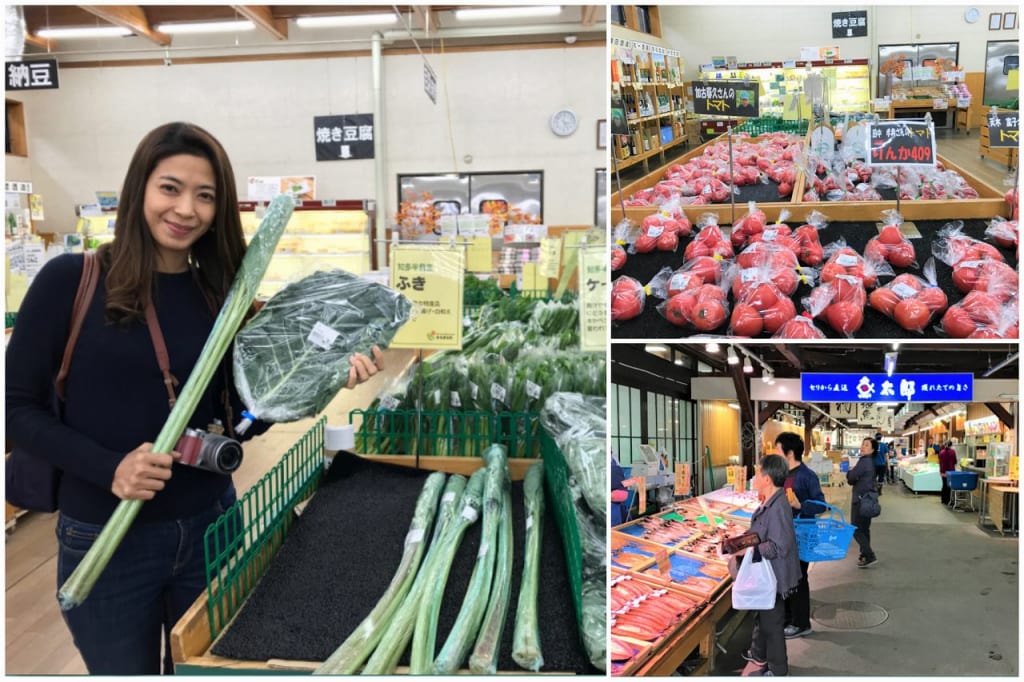
(Left, Upper right) A display of seasonal vegetables / (Bottom right) Fish market
JA Aguri Town Genki no Sato is where the Hanamaru Market is held. Approximately 200 farmers bring freshly harvested produce early in the morning to sell at the market. Aside from vegetables, the market also sells freshly laid eggs along with milk and dairy products produced by local dairy farmers. High quality and safely raised meats like Chita beef and Nagoya Cochin, a popular breed of chicken, are also available here.
All products display the name of their producers, all of whom are thoroughly dedicated to producing safe and reliable products. Uotaro, another popular spot, is a fish market where you can purchase freshly caught fish delivered every morning from Chita for reasonable prices, making it exciting just to walk around the area.
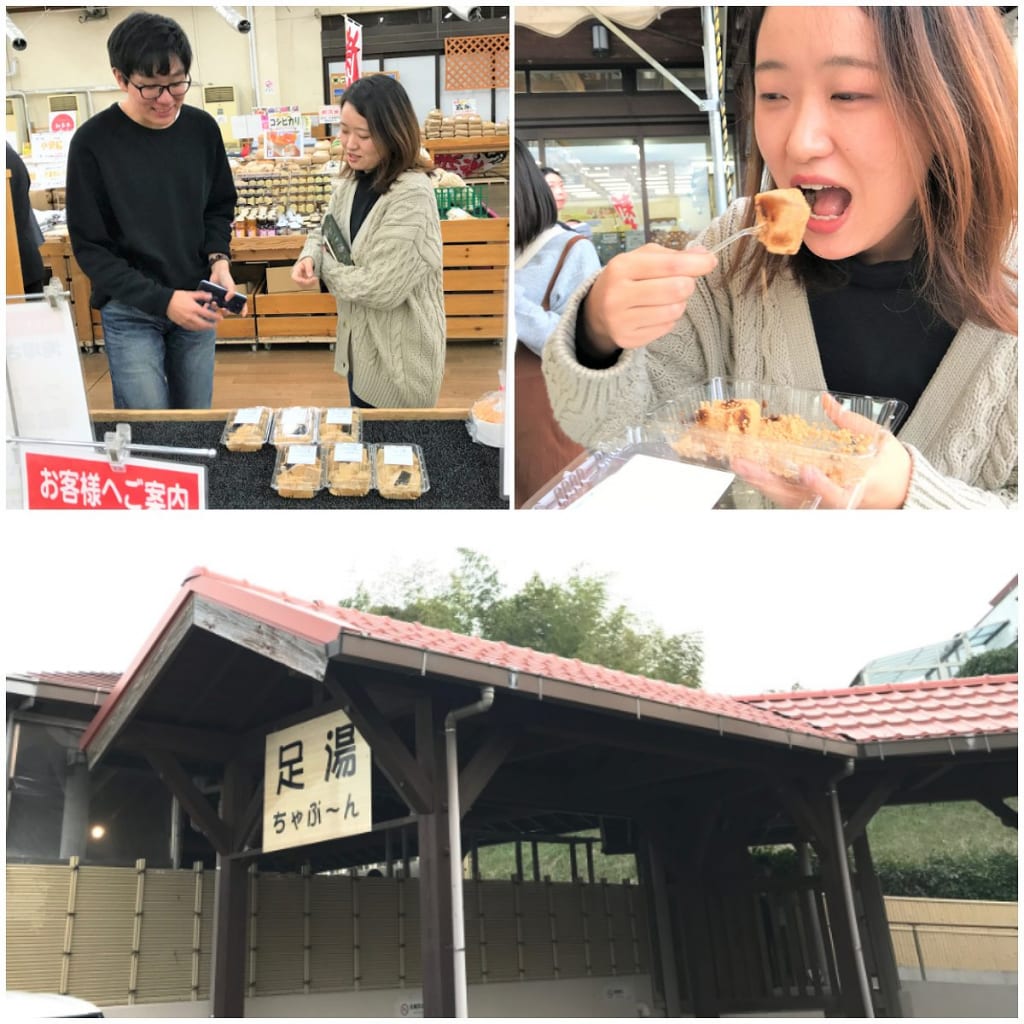
(Above) Sweet and softly textured warabi mochi / (Bottom) Chapun, a relaxing footbath with walls so you won’t have to worry about your surroundings
JA Aguri Town Genki no Sato is also extremely popular with the locals. Megumi no Yu, a natural hot spring that produces 204 liters of water per minute from 1500 meters below ground, is a place we especially wish to recommend to international tourists (700 yen for adults / 400 yen for children plus tax). Chapun, a footbath sourced from the best natural hot spring in Aichi, can also be readily enjoyed for 100 yen (tax included. Towels can also be purchased for 210 yen).
Aside from shopping for fresh produce and goods, the area provides various experiences including eating the breads and sweets you’ve purchased or enjoying the hot springs. As a result, the area has been drawing the attention of international tourists.
JA Aguri Town Genki no Sato
Address: 474-0041 Aichi, Obu, Yoshidamachi, Shoemon, Shinden 1-1
Phone Number: 0562‐45‐4080
Business Hours: 9:00-18:00 *DANRAN-tei, a Japanese restaurant, is open until 17:00, Megumi no Yu is open until 21:00, and Chapun is open from 10:00-18:00
Holidays: The 1st of every month